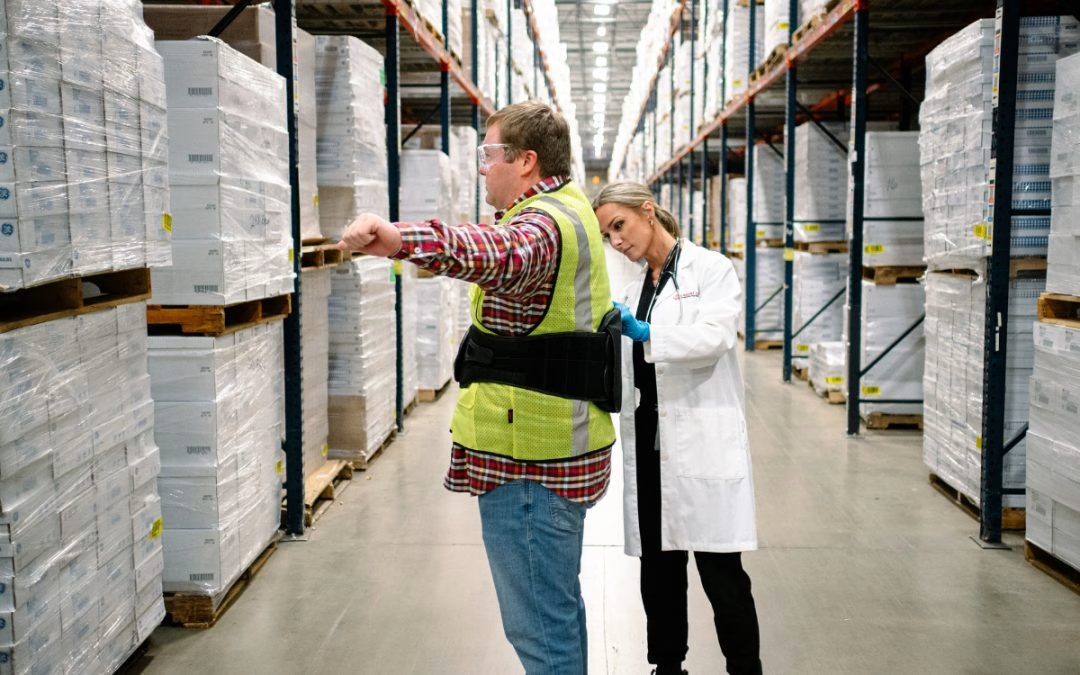by | Apr 29, 2024 | Emergency Clinic

Is My Nose Broken?
In life’s unpredictable moments, a misstep or an accidental bump can lead to unexpected injuries. Perhaps you were cycling along a scenic trail, and a sudden pothole sent you flying over the handlebars. Or maybe during a friendly game of basketball, an errant elbow found its way to your face. In either case, the immediate concern becomes: is my nose broken?
Understanding Nasal Fractures
Nasal fractures are more common than one might think, with nearly 50,000 cases reported annually in the United States alone. Accounting for up to half of all facial fractures, the nose’s prominent position makes it particularly vulnerable to injury.
Recognizing a Broken Nose: Key Signs
Identifying a broken nose quickly is essential for effective treatment. Here are the main indicators:
Visible Symptoms
- Swelling and Bruising: Swelling around the nose and eyes can develop rapidly. Bruising, especially under the eyes (often referred to as “raccoon eyes”), is also a common sign.
- Deformity: A noticeable crookedness or bump on the bridge of the nose.
- Nosebleeds: Bleeding from the nostrils immediately after the injury.
- Tenderness: Pain and sensitivity when touching the nose.
Functional Symptoms
- Breathing Difficulties: Blocked nasal passages can make breathing through the nose challenging.
- Crunching Sound: A crackling noise when the nose is touched or moved.
- Mucus Discharge: Unusual discharge from the nostrils.
When to Seek Medical Attention
While some nasal injuries may heal on their own, it’s crucial to seek medical attention if you experience severe pain, persistent bleeding, or difficulty breathing. Prompt treatment can help prevent complications and ensure proper healing.
Diagnosis and Treatment Options
Upon seeking medical care, a healthcare professional will assess the extent of the injury and recommend an appropriate course of action.
Diagnostic Process
Diagnosis typically involves a physical examination to assess the nose’s alignment and mobility. In some cases, X-rays or CT scans may be ordered to confirm the presence and severity of the fracture.
Treatment Approaches
Treatment options vary depending on the type and severity of the fracture. For non-displaced fractures, conservative measures such as ice packs and pain medication may be sufficient. In cases of displaced fractures, manual realignment or a surgical procedure known as closed reduction may be necessary to restore the nose’s shape and function.
Self-Care Tips for Recovery
In addition to medical treatment, self-care plays a crucial role in the recovery process.
Do’s
- Apply Ice: Reduce swelling and discomfort by applying ice packs to the nose for 10-15 minutes at a time.
- Keep Head Elevated: Sleep with extra pillows to keep your head elevated and minimize swelling.
- Take Pain Medication: Over-the-counter pain relievers can help manage pain and discomfort.
- Protect Your Nose: Avoid activities that may put pressure on or further injure the nose.
Don’ts
- Don’t Attempt Self-Realignment: Leave the repositioning of the nose to trained medical professionals.
- Avoid Pressure on the Nose: Refrain from blowing your nose or wearing glasses that rest on the nose.
- Skip Strenuous Activities: Give your nose time to heal by avoiding strenuous exercise and contact sports.
Monitoring and Follow-Up Care
Following initial treatment, it’s essential to monitor your symptoms and follow up with your healthcare provider as needed.
Signs to Watch For
Keep an eye out for signs of infection, such as increased pain, swelling, or discharge from the nose. Visit our urgent care team if you experience persistent symptoms or if your condition worsens.
While a broken nose may be an uncomfortable and inconvenient experience, proper diagnosis and treatment can lead to a successful recovery. By understanding the signs and symptoms of a nasal fracture, seeking timely medical care, and following recommended self-care measures, you can promote healing and reduce the risk of complications. And remember, while accidents happen, taking precautions to protect yourself and your nose can help prevent future injuries.


